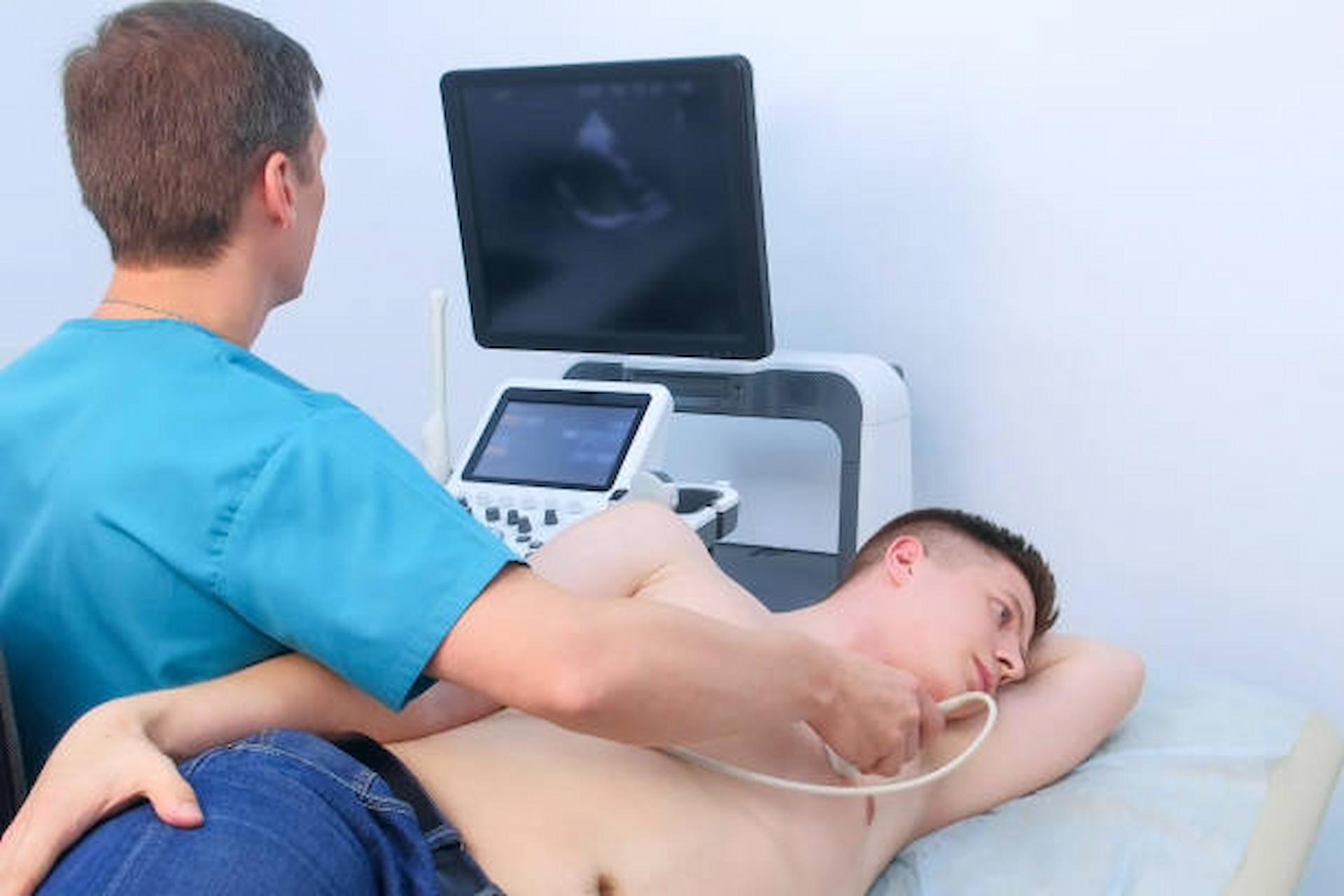What’s Keyhole Heart Surgery?
Keyhole heart surgery, sometimes referred to as noninvasive heart surgery, is making chest incisions to gain access to the heart between the ribs.
With minimally invasive heart surgery, a variety of cardiac issues can be resolved. In comparison to open heart surgery, many people may feel less pain and heal more quickly after this type of surgery.
Many people prefer doing private heart scan as they found it more worth it!
Gender-Specific Cardiac Concerns
Many different physiological and behavioural factors contribute to the disparity in risk of heart disease and prognosis among men and women.
It is understood that these variations are influenced by genes, hormones, and functional status. Significantly, women experience more hormonal variation throughout their lives than men. Changes have been brought on by pregnancy, menopause, the usage of contraceptive pills, and HRT can all have an impact on CVD risk. Additionally, men and women may respond to treatment differently.
Women still frequently receive incorrect or incomplete diagnoses for heart problems. Some women do prefer private heart scan as they found them safe.
Although only a small portion of researchers take sex and gender into consideration, there are some novel gender-sensitive techniques to be discovered in heart surgery. But given the fatality rate for women following myocardial infarction, clinical data make it necessary (MI). When it comes to the onset and course of heart disease in both men and women, the traditional risk elements are critical. However, their effects may vary between individuals who are male and female. In contrast to men, who are more likely to have pathological rising blood sugar levels, women more typically show an early altered glycemic control.
Benefits
- Ongoing Existence
Long-term survival does not differ between men and women despite the fact that women had more postoperative complications, less symptom relief, and a worse patency rate after CABG. In several studies, after correcting for additional risk variables, women’s survival rates were even higher than those of men.
The longer carry periods that may lead to increased average lifespan for women may partially explain why women have superior long-term survival rates.
Conclusion
After the preponderance of cardiosurgical procedures, the femininity of the patient has evolved into a separate risk factor for survival. Men’s survival is independently predicted by dramatically reduced left ventricular ejection fraction, but women’s mortality is predicted by age. Male and female patients exhibit various symptoms for a variety of disorders, including those related to the cardiovascular system. Gender-sensitive treatments are frequently not used. Consequently, therapy alternatives might not be sufficient. The healthcare quality could be improved by personalising treatments and gaining a better understanding of gender variations in healthcare.




